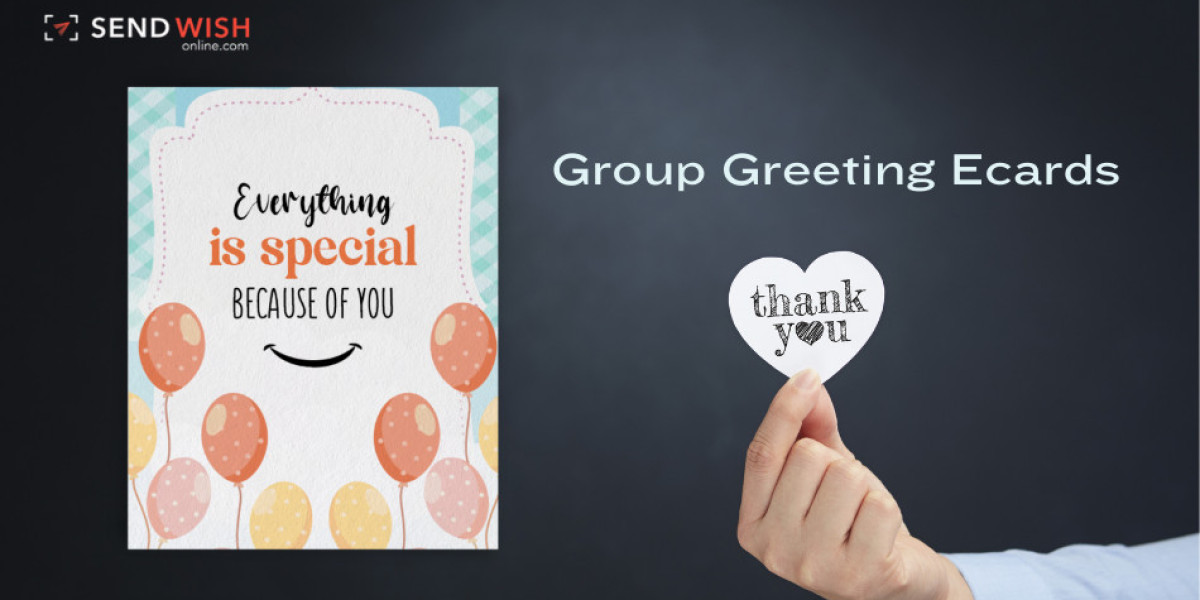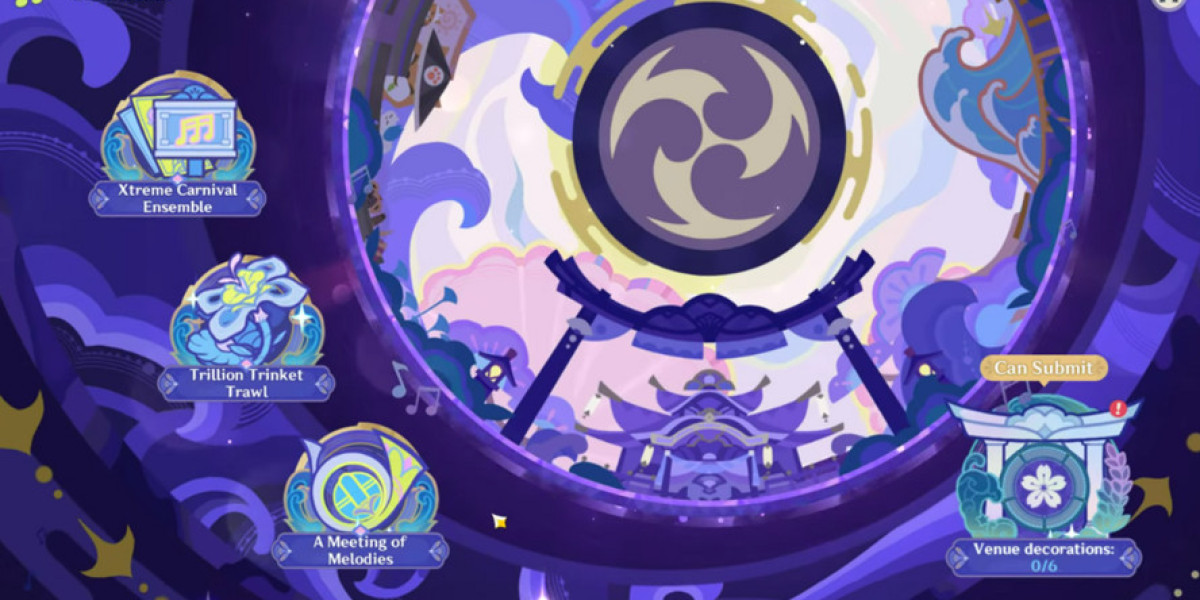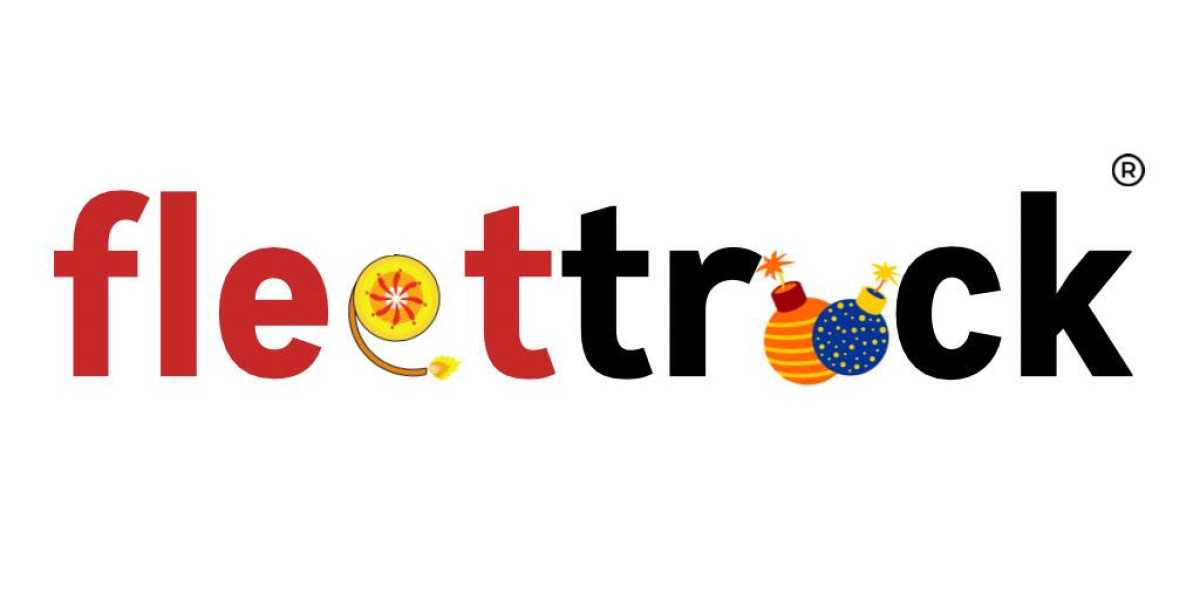Introduction:
Expressing gratitude is a fundamental aspect of human interaction, and throughout history, various means have been employed to convey appreciation. One such medium that has undergone remarkable cultural evolution is the Thank you cards. From its humble origins to its modern-day significance, thank you cards have played a significant role in fostering social connections and expressing gratitude. This article delves into the cultural evolution of thank you cards, exploring their historical roots, development, and enduring relevance.
Historical Origins:
The tradition of expressing gratitude through handwritten messages can be traced back to ancient civilizations. In ancient China and Egypt, individuals used papyrus and bamboo slips to inscribe words of thanks. The practice of sending handwritten notes gained prominence during the Renaissance period in Europe when the use of paper became more widespread.
Emergence of Formal Etiquette:
During the 18th and 19th centuries, formal etiquette and social conventions gained prominence in Western societies. This period marked the rise of the calling card, a small piece of decorative paper bearing the visitor's name. By leaving these cards after a visit, individuals expressed gratitude for hospitality and signaled their desire for continued social connections.
The Introduction of Thank You Cards:
The 19th century witnessed the emergence of dedicated thank you cards. These cards featured elaborate designs and printed messages expressing gratitude. Initially, they were predominantly used by the upper classes, who had the resources to commission custom-made cards. However, advancements in printing technology and the availability of affordable stationery soon made thank you cards accessible to a wider audience.
Popularization and Commercialization:
The early 20th century witnessed the commercialization of thank you cards. Greeting card companies recognized the growing demand for pre-printed cards, and thus began mass-producing thank you cards with various designs and messages. This made them more affordable and readily available to the general public.
Evolving Designs and Personalization:
As the popularity of thank you cards increased, so did the diversity of designs. From elegant and formal motifs to whimsical and contemporary illustrations, thank you cards adapted to suit changing tastes and preferences. Moreover, the advent of digital printing and online customization services allowed individuals to personalize their thank you cards with photos, names, and personalized messages, adding a unique touch to their expressions of gratitude.
Social Media and E-cards:
In the digital age, social media and e-cards have become alternative platforms for expressing gratitude. Platforms like Facebook, Instagram, and Twitter enable individuals to publicly acknowledge acts of kindness, while e-card services offer virtual alternatives to traditional thank you cards. Although these digital mediums offer convenience and reach, they lack the tactile and personal nature of physical cards.
Enduring Significance:
Despite the emergence of digital alternatives, thank you cards continue to hold cultural significance. They offer a tangible and thoughtful way to express gratitude on various occasions such as weddings, baby showers, birthdays, and job interviews. Thank you cards convey a sense of sincerity, care, and effort, making them cherished mementos that can be kept and revisited over time.
Regional and Cultural Variations:
The cultural evolution of thank you cards is not limited to Western societies. Different regions and cultures have their own unique traditions and customs for expressing gratitude. For example, in Japan, the art of handwritten thank you notes, known as "arigatō-gami," is deeply ingrained in their culture of politeness and respect. These notes are often accompanied by small gifts and are considered an essential part of maintaining social harmony.
Thank You Cards as Social Keepsakes:
Thank you cards have transcended their original purpose of expressing gratitude and have become cherished social keepsakes. Many people collect and preserve thank you cards, using them as tangible reminders of significant life events, personal milestones, and meaningful connections. These cards often evoke nostalgia and serve as a testament to the enduring power of handwritten sentiments.
Expressing Gratitude in Business:
Thank you cards have found a prominent place in the realm of business etiquette. Companies and professionals often utilize thank you cards to express appreciation to clients, partners, and colleagues. Handwritten thank you cards can leave a lasting impression and foster stronger professional relationships. In a digital world where most communication is done through emails and instant messages, a physical thank you card can be seen as a thoughtful gesture that sets one apart.
Sustainable and Eco-Friendly Initiatives:
With growing environmental consciousness, there has been a shift towards sustainable practices in the production and use of thank you cards. Many individuals and companies now opt for eco-friendly materials, recycled paper, and soy-based inks to minimize their environmental impact. Additionally, digital thank you cards and e-cards have gained popularity as greener alternatives, reducing paper waste while still conveying gratitude.
Thank You Card Artistry:
Thank you cards have become a canvas for artistic expression. Talented artists and designers create intricate and visually stunning designs, incorporating various art styles, calligraphy, and illustrations. The beauty and creativity of thank you cards enhance the overall experience of expressing and receiving gratitude, turning them into miniature works of art.
Conclusion:
The cultural evolution of free thank you cards exemplifies the enduring human need to express gratitude and maintain social connections. From ancient civilizations to the digital age, thank you cards have adapted and evolved, reflecting changes in society and communication technology. Whether through their historical origins, commercialization, or personalization, thank you cards remain an indispensable tool for expressing heartfelt appreciation in both personal and professional settings. In a world increasingly dominated by digital interactions, the tangible and personal nature of thank you cards continues to hold a special place in our hearts.








